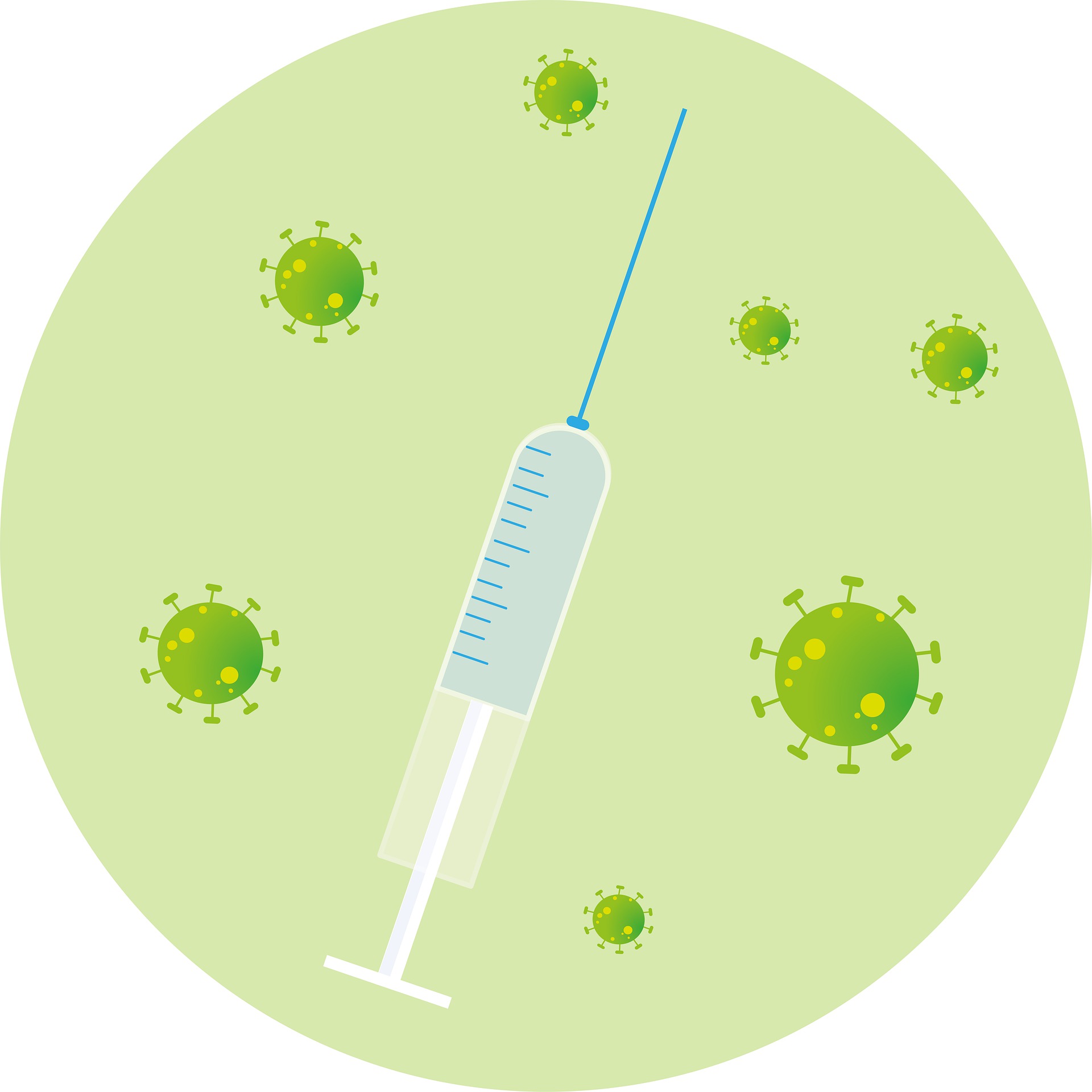By Vanitha Ananthan and Swetha Ananth
Dear children,
You probably read today that this is the first time that mRNA technology has been used in a large scale vaccination program. What is this technology, exactly, and what does it do?
The vaccine approved by Britain, and due to be given to Britons from next week, is developed using a technique called mRNA. Let’s understand this technique a little bit.
Vaccine – A substance that, when injected into the human body, triggers an immune response that protects it against external harmful organisms.
mRNA is a single stranded molecule that carries genetic material that is produced from DNA to the ribosomes. Proteins are made by the ribosomes in response to this ‘message’. Hence, this technology is called mRNA (messenger Ribo Nucleic Acid).
The vaccine has synthetic mRNA that contains information about the signature spike protein of the corona virus.
It will direct the body to produce a small amount of the spike protein. Once the immune system detects this protein, the body subsequently begins producing protective antibodies. Those antibodies will not just work against the little bit of spike protein that was made following the vaccination, but will also recognise and stop the coronavirus from getting into our cells if we are exposed in the future.

Click here to read a more detailed article on the various vaccines.
This is the first use of mRNA technology in vaccines.
Swetha Ananth is a is a PhD student in Fackler Lab, Centre for Integrative Infectious Diseases (CIID), Integrative Virology, University Hospital Heidelberg, Germany. She is into HIV virus research.

